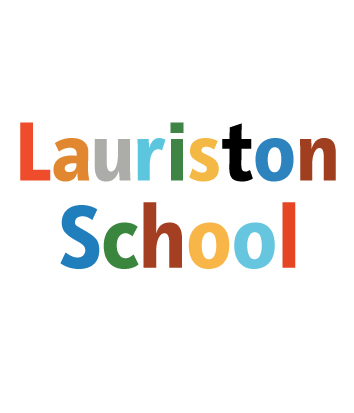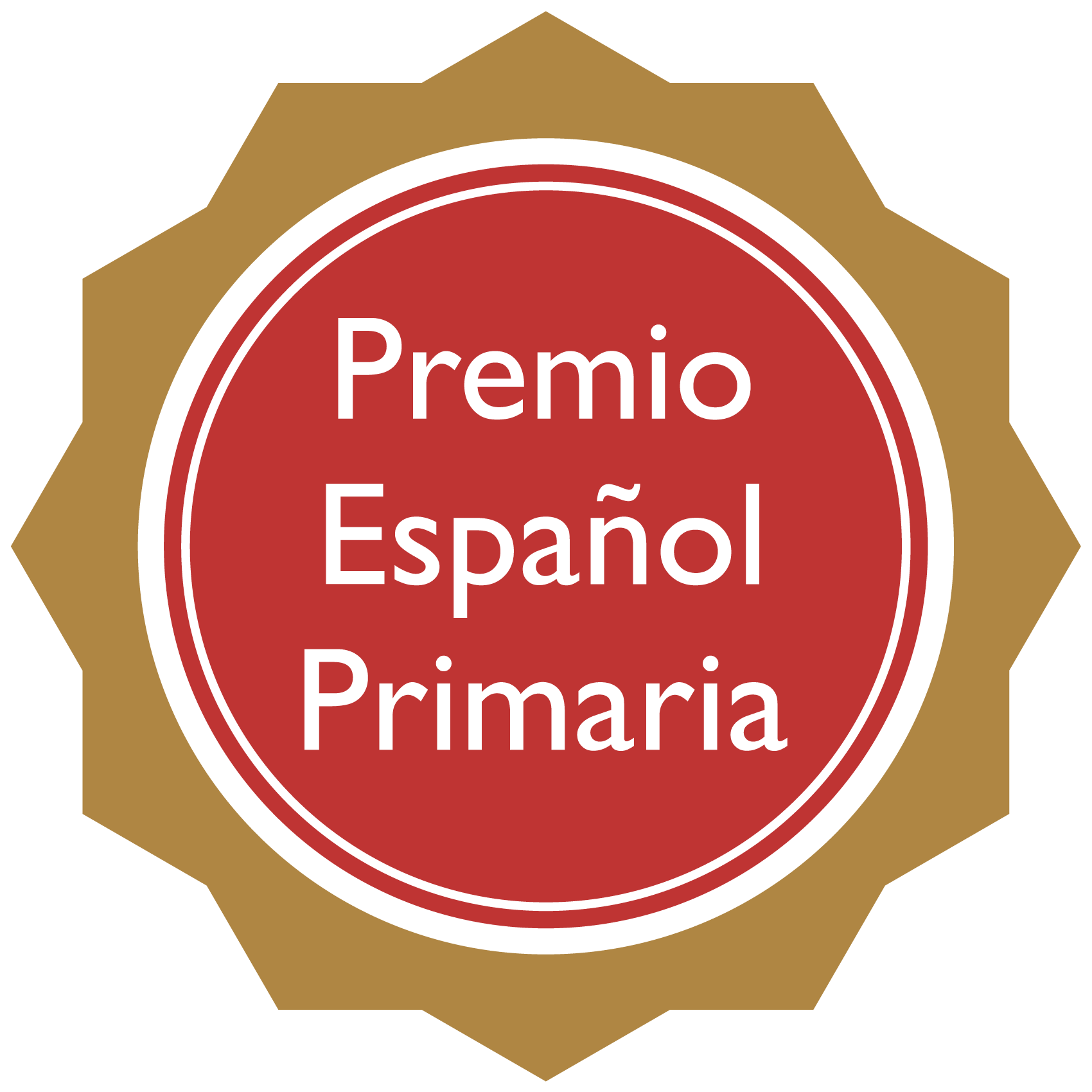At Lauriston we believe that the targeted teaching and learning of excellent literacy skills at an appropriate level for each child is one of the most important and fundamental aspects of our duties as a school.
We are committed to high standards across all the strands of Literacy: oracy, reading and writing. In order to maximise opportunities to develop literacy skills, we make cross-curricular links wherever possible. This also ensures that coverage of the National Curriculum.


If you would like to know more about this area of the curriculum, please talk to Sophie Elliot and Annabelle Molyneux.
Oracy
Oracy permeates the entire curriculum. Interactive teaching strategies are used to engage all pupils in pupil talk and discussion throughout lessons. Students are encouraged to develop effective communication skills in readiness for later life and further development of their reading and writing skills.
Approaches to Speaking and Listening:
- Group discussions and reporting back to the class
- Talk partners
- Groups or individuals re-teaching known points to the class
- Whole class discussion
- Circle time
Reading
Our vision at Blossom Federation is to nurture a life-long love of reading. We aim to develop confident readers who can actively chose, critique and comprehend texts. We strive for pupils to build an understanding of the wider world through varied high quality texts in which they see themselves represented.
Writing
Early Years
Context for Learning: Structured play is the vehicle used to deliver the writing curriculum
The Learning Environment: The foundation stage provides easily accessible, varied writing materials that children know are available if they wish to use them, and which are actively promoted within the planning structure.
The Learning Structure: The High Scope method of Plan/Do/Review used in the foundation stage is ideal for the promotion of writing skills. The children draw ‘plans’ of what they intend to do and the adult scribes their words. This enhances their self – esteem and makes them more independent. It also encourages them to verbalise their thoughts – which they can then see written down and read back to them. This demonstrates the link between written and spoken word.
Promotion of Learning:
- The Nursery and Reception planning incorporates many exciting writing opportunities to entice even the most reluctant ‘emergent writers’ to try their hand. These including imaginative, functional and personal writing opportunities. There are a number of opportunities given through purposeful activities and role play e.g making shopping lists, writing cards, letters etc
- The process of mark making enables children to give meaning to marks and are beginning to use recognisable letters and then using letter sounds.
- A wide variety of writing implements are provided and are always accessible, for example crayons, chalk, felt pens, biros and pencils
- The medium used for drawing their ‘daily plans’ also varies, to stimulate interest and widen their experience, for example paper, card, colours, shapes, cards, notebooks, lists, jotters, rough/smooth, thick/thin etc.
- Within the learning environment the teacher and other adults are constantly ‘modelling’ writing. The children therefore interpret writing as a desirable thing to do. They also see the way words are constructed, the formation of sentences and use of punctuation. (Knowledge about Language 5 – 14)
Key Stage 1 and 2
At Lauriston we use a Plan-Model-Write Approach to writing. The nature of the Plan-Model-Write Approach (PMW) enables teaching of genre features and writing techniques and skills within all writing lessons. The purpose of this approach is to enable pupils to be writing as frequently as possible throughout a week to develop stamina and fluency of skill recall.
A unit will combine immersion lessons with writing lessons so that pupils complete longer writing outcomes across several lessons, focusing on specific skills as they go along. These skills will be often retaught throughout the year which through consolidation will develop a deeper understanding of how to use them in a range of contexts.
Writing outcomes are to be planned from high-quality text and video stimulus linked to the half termly cross-curricular topic. A unit (sequence of lessons leading to a written outcome) may take place across one or two weeks depending on genre. Immersion lessons are to be used across units to enable children to engage with the stimulus below surface level; develop understanding of the genre; deepen understanding of context and meaning of the story; create intrigue and excitement; develop rich and broad vocabulary and imagination.
Writing Assessment weeks take place once a term. Pupils write independently without teacher modelling. This is an opportunity for pupils to use previously learnt skills in an independent task linked to a previous taught unit. Pupils are then given personalised writing targets based on this piece of writing. These targets are then used throughout the next term to support pupils with developing their writing and ensuring progress.
At Lauriston, pupils are encouraged to take pride in their writing and are offered many opportunities throughout the year to publish their writing. This published writing then is often used on writing displays that can be seen throughout the school in classrooms, on year group boards in key stage corridors and in ‘The Street’ which has a termly themed showcase of writing from Nursery to Year 6.
Handwriting
Letter formation and handwriting is taught at Lauriston in a progressive sequence using consistent resources across the school. Pupils follow and complete a series of booklets teaching correct letter formation, capital letters, numbers, pre-cursive letter formation and joined letter patterns. Once pupils have secured these skills, they move on to working into a handwriting book where their practice of cursive letter formation and joining is completed daily. This handwriting teaching and practice continues throughout key stage 2, incorporating practice of spelling. Teaching of each letter is done according to letter sets and families, allowing pupils to see the similarities between certain letters and their style of join.
The basic organisational structure of how Handwriting is taught at our school charts the following stages in developing neat, fluent handwriting:
- Readiness for writing: gross and fine motor skills leading to letter formation
- Securing letter formation
- Beginning to join
- Securing joins
- Practising speed and fluency
- Developing independent organisation & presentation skills
At all stages of handwriting, children are encouraged to take pride in the presentation of their work and taught presentation skills relevant to their key stage.
Spelling
In Year 3 - 6 spelling is taught following National Curriculum Guidelines. It is taught as a stand-alone session twice a week yet is also integrated into literacy and cross-curricular sessions.
The following document states the rules for spelling and includes example words that pupils from each year group must learn:
 The National Curriculum in England - Spelling
The National Curriculum in England - Spelling
Assessment
At Lauriston, teachers make regular on going assessments of the children’s oracy, reading and writing. Through feedback and marking teachers assess and give guidance for progress. At two checkpoints in the year, pupils also complete summative reading assessments. At this time teachers also look at students’ writing (across subjects) in order to make judgments on particular writing skills. These all feed into teacher planning, which allow us to ensure coverage of the National Curriculum.
Developing Book Corners
Across the Federation, we have had a big push on developing our Book Corners this September in every classroom to promote a love of reading and create inviting spaces to read across the school. At Lauriston, our amazing PTA raised enough money for every teacher to spend £100 on developing their book corners with resources and books. We would like to say a huge thank you to the PTA for their efforts! Our book corners are looking wonderful and the children are loving their new reading spaces in the classroom.
English in the EYFS
Reading consists of two dimensions: language comprehension and word reading.
Language comprehension (necessary for both reading and writing) starts from birth. It only develops when adults talk with children about the world around them and the books (stories and non-fiction) they read with them, and enjoy rhymes, poems and songs together.
Skilled word reading, taught later, involves both the speedy working out of the pronunciation of unfamiliar printed words (decoding) and the speedy recognition of familiar printed words. Writing involves transcription (spelling and handwriting) and composition (articulating ideas and structuring them in speech, before writing). "
Early learning goals that link to English:
EYFS Communication and language development
ELG Listening, attention and understanding –
- Listen attentively and respond to what they hear with relevant questions, comments and actions when being read to and during whole class discussions and small group interactions
- Make comments about what they have heard and ask questions to clarify their understanding
- Hold conversation when engaged in back-and-forth exchanges with their teacher and peers
ELG Speaking –
- Participate in small group, class and one-to-one discussions, offering their own ideas, using recently introduced vocabulary.
- Offer explanations for why things might happen, making use of recently introduced vocabulary from stories, non-fiction, rhymes and poems when appropriate
- Express their ideas and feelings about their experiences using full sentences, including use of past, present and future tenses and making use of conjunctions, with modelling and support from their teacher.
EYFS Physical development (this links to the mechanics of writing/pencil control)
ELG Fine motor skills –
- Hold a pencil effectively in preparation for fluent writing – using the tripod grip in almost all cases
EYFS Literacy
ELG Comprehension
- Demonstrate understanding of what has been read to them by retelling stories and narratives using their own words and recently introduced vocabulary.
- Anticipate (where appropriate) key events in stories.
- Use and understand recently introduced vocabulary during discussions about stories, non-fiction, rhymes and poems and during role play.
ELG Word reading
- Say a sound for each letter in the alphabet and at least 10 digraphs
- Read words consistent with their phonic knowledge by sound-blending.
- Read aloud simple sentences and books that are consistent with their phonic knowledge, including some common exception words.
ELG Writing
- Write recognisable letters, most of which are correctly formed.
- Spell words by identifying sounds in them and representing the sounds with a letter or letters.
- Write simple phrases and sentences that can be read by others.
EYFS Expressive arts and design (this links to re-telling and adapting familiar stories – talk for writing)
ELG Being imaginative
Invent, adapt and recount narratives and stories with peers and their teacher
In the EYFS, children are taught
…phonics through the Blossom Phonics scheme (phonemes, graphemes, tricky words, high frequency words, segmenting and blending, letter names).
- Learn songs, rhymes and stories with Singalong actions, so that they can re-tell them independently.
- Practise book skills eg where to find the front and back of a book, author, title, turning pages in order, tracking words from left to write, differences between words and letters, answering simple questions.
- Learn how to form letters correctly using letter patter (with flicks).
- Learn how to write simple words and sentences using their phonics skills.
- Gain a love of stories and reading from adults who share books regularly using props and puppets.
- Read individually or in a small group with an adult each week.
- Have daily opportunities to practise their reading and writing skills indoors and outdoors in child-led provision.
- Are taught new vocabulary in context and staff are skilled in helping the children to use new vocabulary so that it becomes embedded. Vocab books are made and used to enable children to re-visit and practise using new vocabulary.










